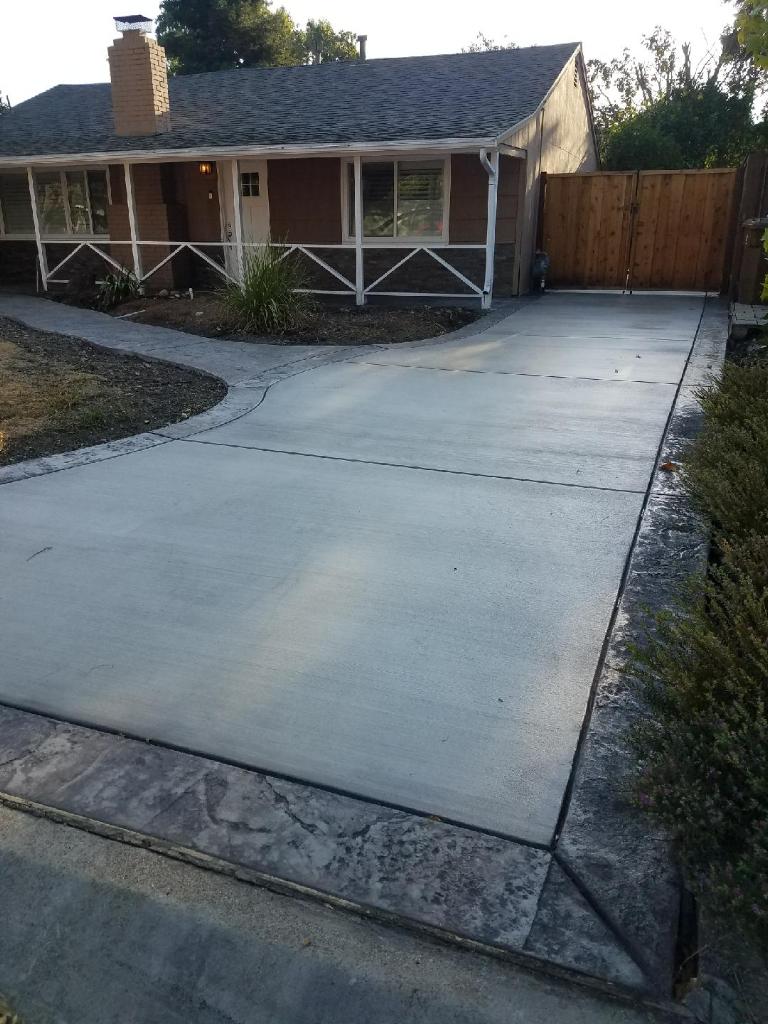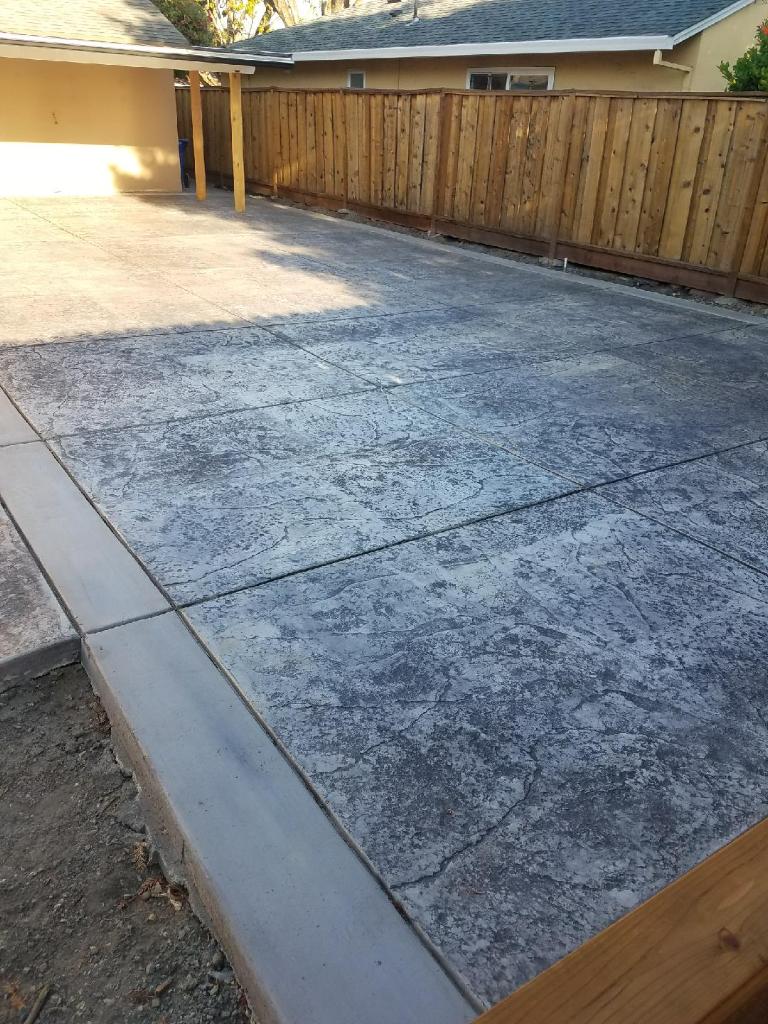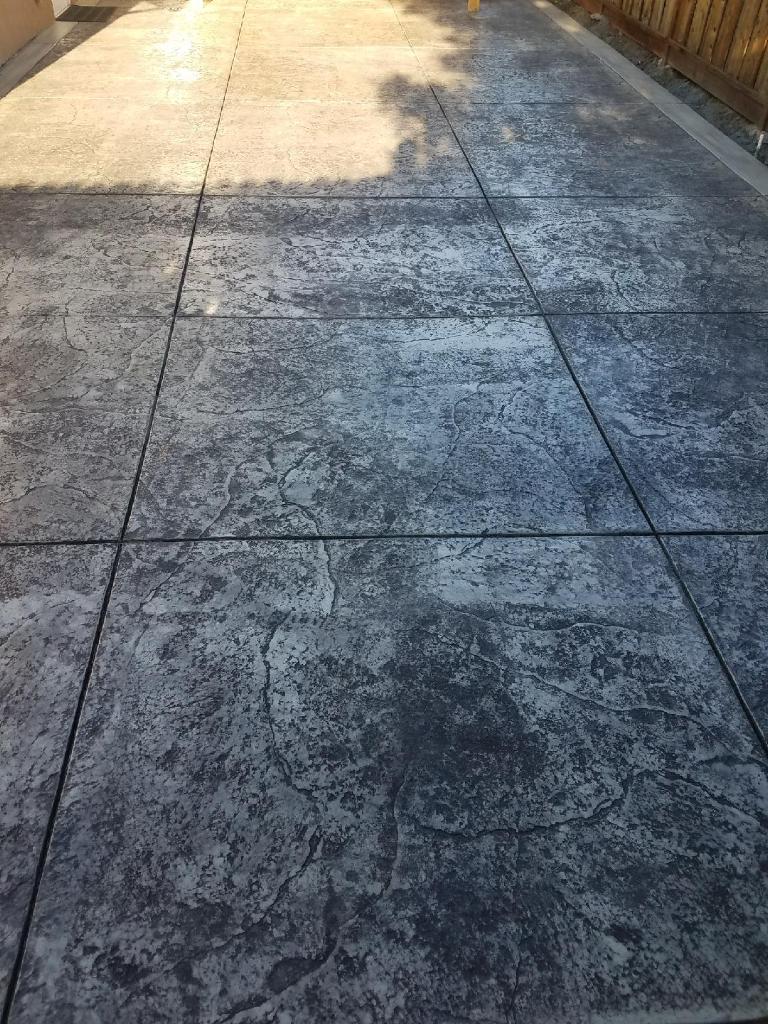What Do I Need To Know About Concrete Work?
When you step back and look at a completed building project, concrete work (“cement” work) canThe word concrete at its heart means ‘to evolve together.’ Concrete is an easily produced and durable material that can be formed and molded to almost any size. The concept behind using concrete is the need for something that over years of wear and tear will consistently withhold the structural integrity of the buildings.
What’s Better?
It is arguable that the Romans first developed concrete to be used for their many famous architectural structures. Roman Pantheon was among the most prominent and oldest concrete buildings. Some scholars claim the concrete’s roots go back deeper, referring to striations established about 6500 BC in Syria and northern Jordan.
Humans have used a mixture of crushed and burned materials for thousands of years to make paste or plaster-like materials to bind items together. Throughout time, the combinations of water, sand and rock have been refined and changed to become a part of the many components in modern concrete today.
Why is Made of Concrete and What Is Made of?
Concrete is basically constructed of certain rock, sand, and water sources. More specifically, it consists of cement (the heated fusion of powdered calcareous and clay), water, sand, crushed stone or gravel, and a few other components to assist in sealing and appearance.
The exact concrete materials would depend on the form of concrete that is being manufactured according to its intended use. The effect is a chemical reaction by combining these materials together, which eventually allows the workable substance to harden into a very solid dice.
The ratio of water to cement varies when it comes to concreting. Paste quality is important because the cement must be solid inside the mixture and free from empty spaces. The portion and kind of aggregates (rocks, sand, or gravel) would also play a role in the concrete’s overall characteristics.
The trick to putting concrete down effectively is understanding exactly what sort of concrete you need (what consistency), when to make it and where to put it before it begins to harden. It takes time to become a concrete expert, and so it is best to work with a local concrete specialist like us to advise you on your next concrete construction project.
But practical training for beginners who “take the plunge” without proper planning can be challenging too. I’ll cover concrete work tips in the following tutorials that will help beginners develop DIY projects go smoother.
First a bit of jargon, for out there sticklers. And though many do-it-yourselfers use “concrete” and “cement” interchangeably, there is actually a distinction between concrete and cement (“mortar” is part of the “mix,” too). Essentially, the real construction material is concrete. Cement is merely a concrete ingredient: it is what ties together the other ingredients (namely, aggregate and sand). So, while it’s a critically important concrete item, “cement” is not synonymous with “concrete.” Usually, when people say they need to go out and buy “cement” for a DIY project, they mean “concrete” in fact.
How to Mix Metal
Preparing for concrete research starts with learning how to mix concrete for beginners. In concrete production, adding enough water to the mix and properly curing concrete are two basic issues. To know more, review the following resources: How to Mix Concrete Mixing Tips: The Importance of Concrete Water Curing
How to construct patios in concrete
Building concrete patios and landings is one common DIY project involving concrete work. Such construction work can tax the muscles but homeowners can help minimize tiredness by renting construction mixers.
Surfactant Concrete
Yet what do you do when the concrete patio starts revealing its age? Okay, in hardware stores there’s a product readily available which is intended for just this kind of concrete work.
Stepping stones in garden
Perhaps you think, as a beginner, building a concrete landing or patio would bit more concrete work than you can chew? Start with a smaller project in that case, and render garden stepping stones. Plant lovers should find this style of concrete work more to their taste, because afterwards they can plant ground coverings between their garden stepping stones.



Need a Flatwork Concrete to Update Your Patio, Driveway or Parking Area?
We’re here to transform your home! For over thirty years Spaulding Concrete has been providing flat surface concrete installations for sidewalks, city bike paths, driveways, and side driveway additions, commercial floors, parking lots, RV pads, steps, curbs, and gutters. We also specialize in site work repairs to existing cracked, damaged concrete. Specializing in the completion of our projects in an effective, timely and reasonable manner. In need of Flat Concrete installation for your Home or Commercial structure? To schedule your free quote, call or contact us today! We are proud to serve Orinda, Lafayette, Moraga, Pleasant Hill, Concord, Martinez, Pittsburg, Antioch, Brentwood and the surrounding areas
